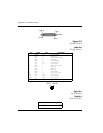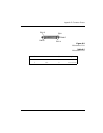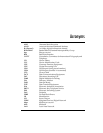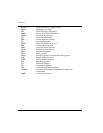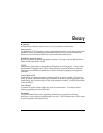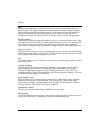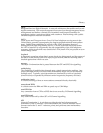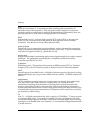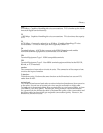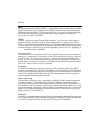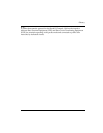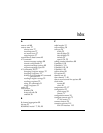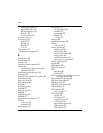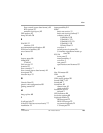
Glossary
126 ISU 128 User Manual 61202.029L2-1
NT2
Network Termination 2. A unit that provides switching and concentration of
subscriber lines at the S-interface. This unit performs the functions of a customer
premises switch or multiplexer to multiplex B-channel(s) and D-channel(s) onto one
physical path and to route calls to the appropriate B or D channel.
PRA
Primary Rate Access. Connects high-capacity CPE, such as PBXs, to the network.
In the US, this is composed of twenty-three 64 kbps channels and one 64 kbps
D-channel. Also known as Primary Rate Interface (PRI).
point-to-point
Describing a circuit connecting two points directly with no intermediate processing
nodes or computers (although switching facilities could exist). A type of connection
that links two logical entities (i.e., phone-line circuit).
serving area
Region surrounding a broadcasting station where signal strength is at or above a stated
minimum. The geographic area handled by a telephone central office facility.
Generally equivalent to a LATA.
S-interface
S-Reference point. The interface that connects an ISDN terminal (TE1) or Terminal
Adapter (TA) to the NT2 reference point as defined in the I.411 Recommendation.
SPCS
Stored Program Controlled Switch. A digital switch that supports call control, routing,
and supplementary services provision under software control. All ISDN switches are
SPCSs.
synchronous
(1) The condition occurring when two events happen in a specific time relationship
with each other, both under control of a master clock; (2) A method of data
transmission requiring the transmission of timing pulses to keep the sender and
receiver synchronized in their communication used to send blocks of information.
Synchronous data transmission is used in high speed data circuits because there is less
overhead than asynchronous transmission of characters which contain two extra bits
per character to effect timing.
T1
Also T-1. A digital transmission link with a capacity of 1.544 Mbps. T1 uses two pairs
of normal twisted wires. T1 normally can handle 24 voice conversations with each
conversation being digitized at 64 kbps. With more advanced digital voice encoding
techniques, it can handle more voice channels. T1 is a standard for digital transmission
in North America.



